I hate to say it, but I’m thinking that illustrating the Boeing 777X was one of the most difficult set of illustrations I’ve done in a while. At the time of this writing (December 2019), there exists but only one pre-production 777-9. Which means that there aren’t very many good side-view reference photos yet. Not only that, Boeing recently blew a door out of the side of the thing, so…it’s been hiding in the repair shop since that little incident and there haven’t been any new photos released since the initial rollout. With that being said, I present to you the long-awaited side view illustrations of the Boeing 777-9.
Not only was this one of the most difficult set of illustrations I’ve done in a while, it was also one of my most highly requested. I’ve said in the past that I don’t usually enjoy creating templates of aircraft that don’t exist yet (due to the lack of accurate reference material), and at this time was no different.
However, I know there are a handful of you who have been waiting patiently for these drawings, so I pushed on did what I could with the limited reference material I had.
777-9 templates with and without the folded wingtips
One of the reasons why this was so difficult was because I wanted to illustrate two versions: one with the wing in the normal (in flight) configuration, and another with the wing showing the folded wingtips fully raised. As most of you probably know, the 777X has a larger and all new 787-style wing. The overall wingspan is so large that it was necessary to incorporate folding wingtips to allow the aircraft to fit into tight gate spaces at crowded airports.
But I’m getting ahead of myself here. I’ll talk a little more about what makes the 777X unique in just a moment, but first, here are the side view templates of the Boeing 777-9:
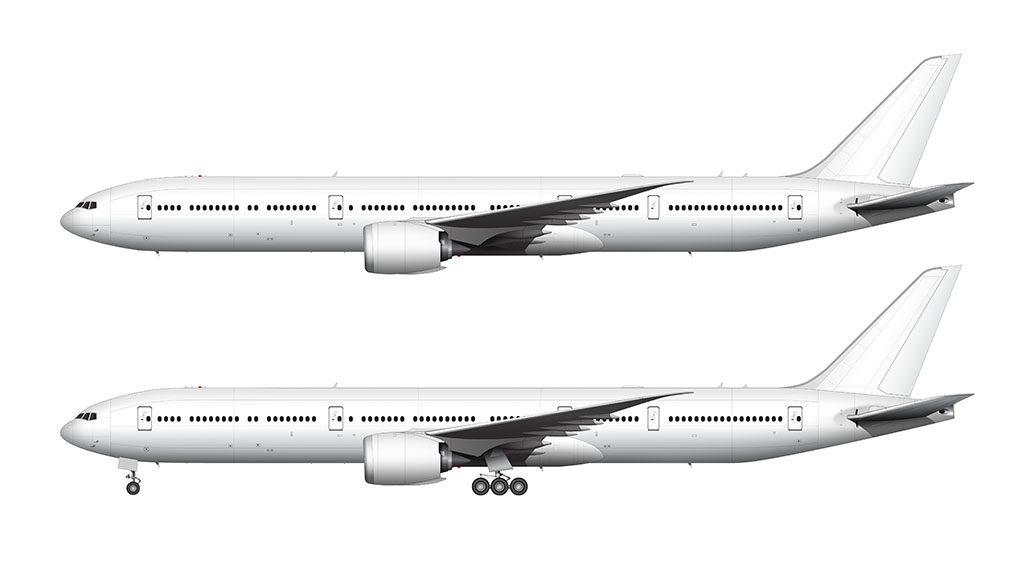
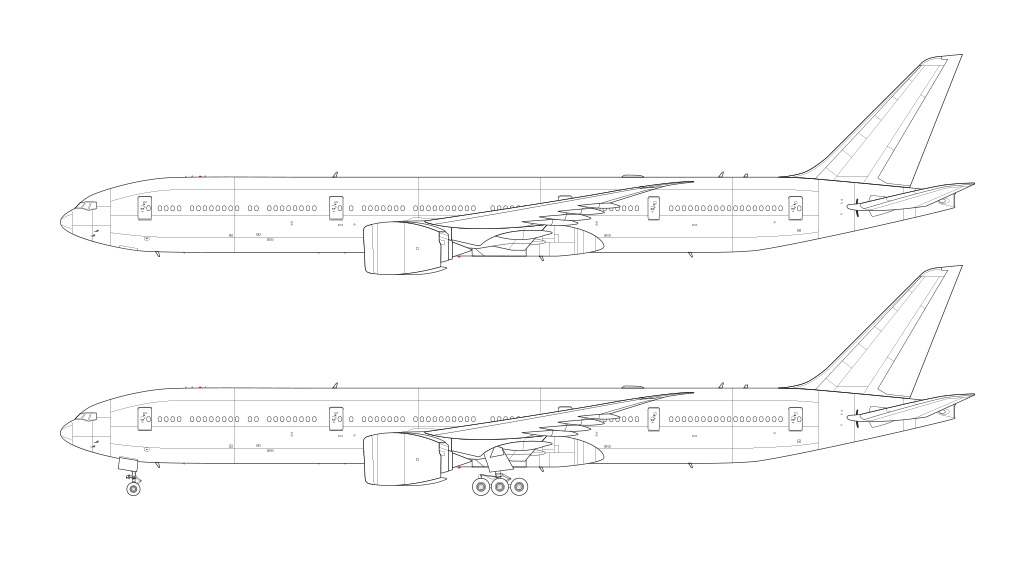
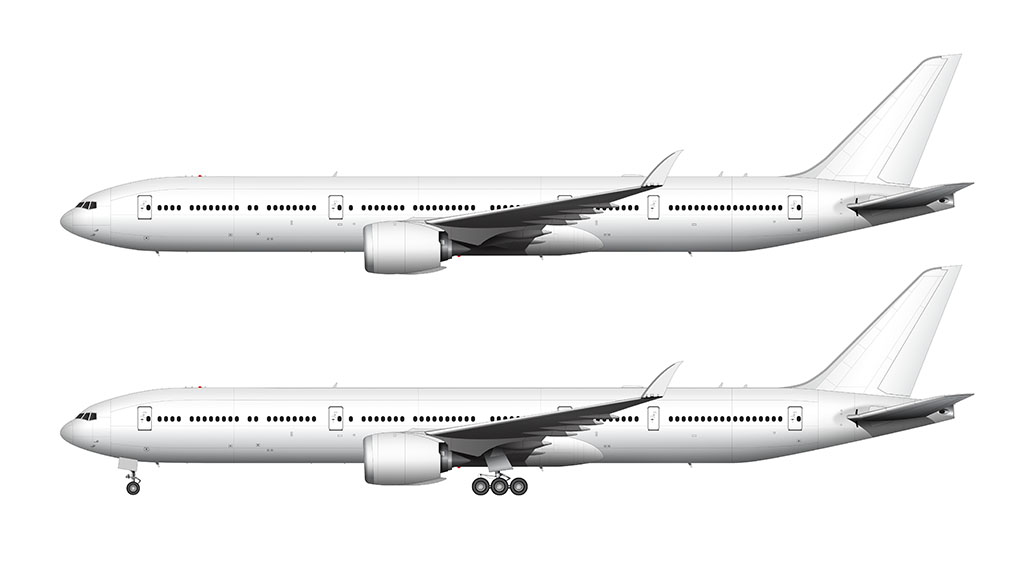
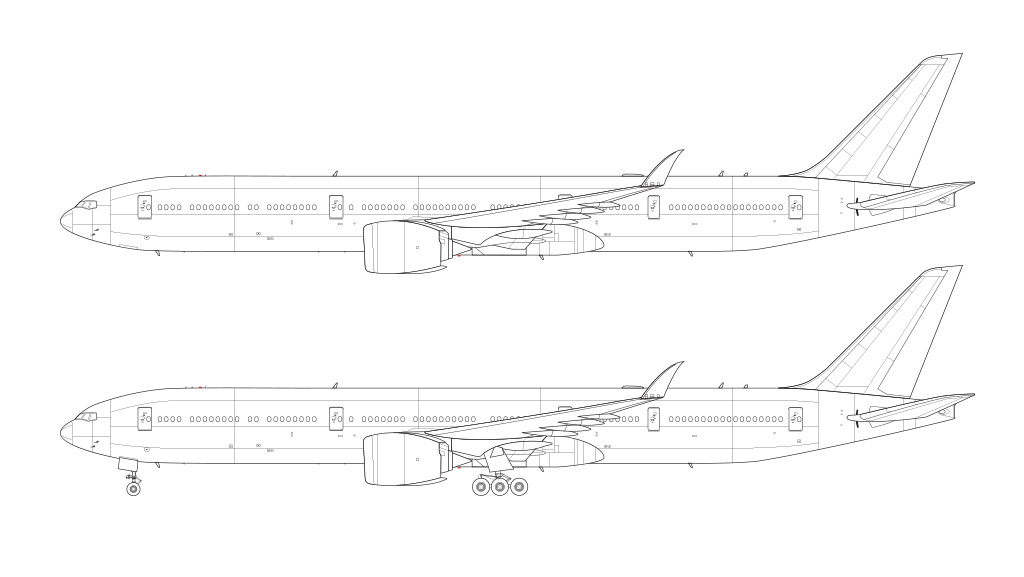

Yes, I am fully aware that there would never be a situation where the wingtips would be in the folded position with the landing rear raised. However, I’ve been doing these side view aircraft templates long enough to know that there will inevitably be at least one person who will ask for a drawing in that configuration. I’m just being proactive…
What is the Boeing 777X?
I’m hardly the expert when it comes to explaining all the technical differences between the first generation 777 and the 777X. If that’s what you’re looking for, I highly recommend checking out the 777X Wikipedia page. There are facts and figures there that’ll answer most of your specific (and super-technical) questions.
But what about the high level stuff? I think I can handle that, so here we go:
As I’ve already mentioned, the Boeing 777X is the next-generation variant of the hugely successful 777. The two main variants of that first generation series (the -200 and -300) have been directly replaced by the two new variants of the 777X (the 777-8 and this 777-9). There is also planned be a higher-capacity 777-10 version coming later.
The 777X features all new GE9X engines, an all new 787-style composite wing (with folding wingtips), and slightly increased capacity. Think of it as a 777 with all the technical guts of a 787. See? I told you I’m not the guy to be explaining engineering voodoo. I’m just going to stick to what I know best for the rest of this article: style and design.
What are all the visual differences between the 777-9 and the 777-300?
The 777-9 is the next-generation replacement for the 777-300, just as the 777-8 will be the replacement for the 777-200. Since this post is about the 777-9, let’s just focus on that and leave the 777-8 vs 777-200 comparison for another post.
The visual differences between the 777-9 and 777-300 are:
- Much larger engines. I wasn’t able to find a specific mention about how much the new GE9X engine is over previously models, but I’d estimate it to be nearly 20% larger. It’s massive.
- The wing on the 777-9 is very similar in design to what is on the 787. It’s also much larger than the 777-300 wing, featuring an 11 ft (3.5 m) folding wingtip.
- Overall length of the 777-9 is 9.4 ft (2.9 m) longer than the 777-300.
- The all new 787-style vertical stabilizer is slightly taller than the original.
- Other major components (landing gear, horizontal stabilizer, etc.) appear to be carryovers with only minor changes.
777X testing and production problems
If everything would have gone smoothly and on schedule, the 777-9 would already be in service with Lufthansa. However, the 777X program suffered two major setbacks this year, which have pushed out the initial launch even further:
- On May 29, 2019, the newly-installed GE9X engines were run on the 777-9 for the very first time. However, a compressor issue was detected, resulting in the maiden flight being delayed until later in the fall. But then…
- On September 5th, Boeing literally blew a cargo door off during the “ultimate load test”. That wasn’t suppose to happen (obviously), and with repairs currently underway, the maiden flight is now scheduled for early 2020.
As an aircraft template illustrator, all I can hope and pray for is that Boeing doesn’t decide to make any more significant visual changes to this aircraft while it’s in the repair shop. Of course I realize that it’s too late for that sort of thing (since even the most minor of changes require FAA approval), but still. Creating highly detailed side view templates of aircraft that don’t technically exist yet gives me heartburn.

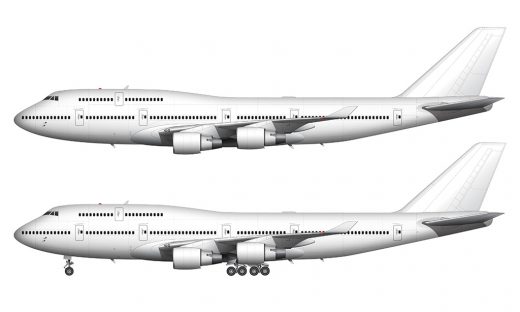
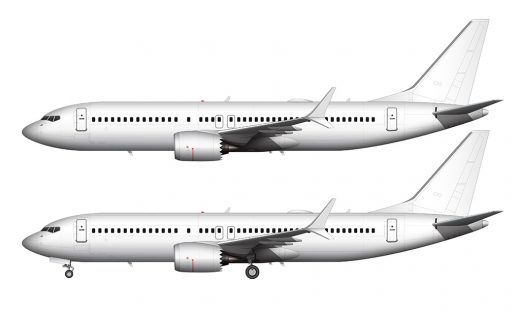
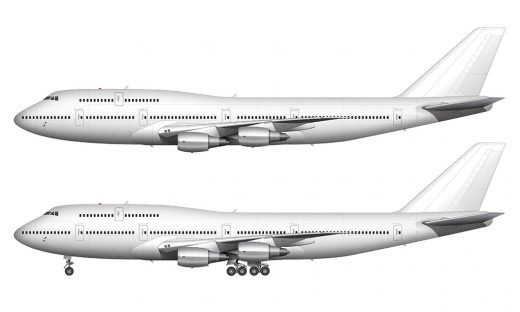
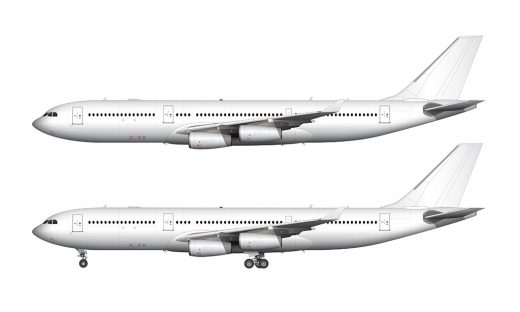
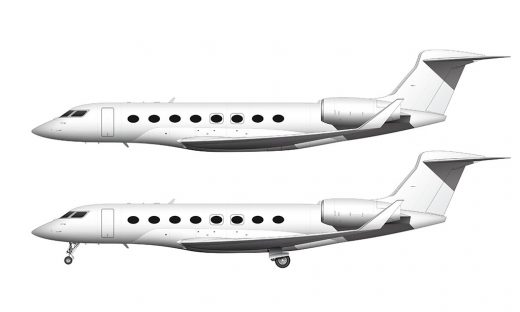
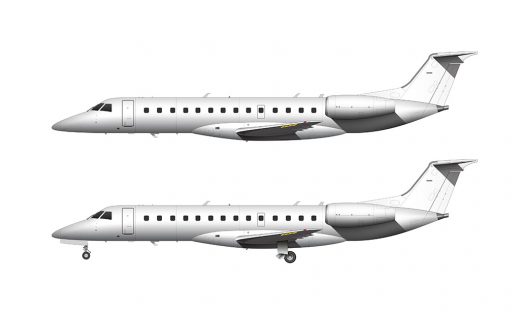
ooh?
What do you plan on doing next?
After the 777-8? Not sure yet!
Maybe a 707?
I just might do that. I’ve had a lot of requests for that one!
How about an A350 update please!
What exactly needs updating?
Nice illustrations. The the engine’s fan diameter is 3.4 m – if you add the nacelle the dimension must be close to the diameter of some airliners’ fuselages. Magnificent engineering.
also add the a380 900 and the a380 1000?
I’ve been looking into doing both of those, but I haven’t been able to find decent reference material. On the flip side, it probably doesn’t matter if my illustrations are all that accurate anyway, since neither of those variants will ever be built. It might be fun to give it a shot!